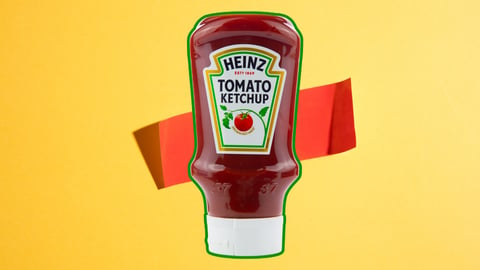Mars Scaling Digital Twins Across the Globe
Mars is investing in digital twins for its factories around the world after initial trials showed success in improving efficiencies.
The food and pet care company partnered with Accenture in 2020 for a series of digital twin trials within U.S. manufacturing plants, leveraging the technology to simulate and validate product and factory adjustments in order to reduce time and resources.
In one use case, Mars used a digital twin for a view of an Illinois factory to reduce instances of over-filling packages. By feeding manufacturing machinery sensor data into a predictive analytics model, factory line operators could monitor events in real time and adjust the filling process, according to a press release.
The company will now use similar solutions for its pet care business in Europe and China, with operators receiving real-time insights into current and predictive performances. Mars plans to apply them to dozens of use cases over the next three years.
[See also: Mars Gets Closer to Customers With Spatial Analytics]
The two companies are also carving out the next two years to develop a new cloud platform for manufacturing applications, data, and artificial intelligence to improve efficiency as part of a “Factory of the Future” foundation, according to a statement. As part of this, Mars will be able to address sustainability goals including water stewardship and waste and greenhouse gas emission reduction.
The use of digital twin technologies in manufacturing can be appealing to consumer goods companies thanks to their ability to model complex behaviors in lower-cost environments. While they’re not new, both uncertainty from the pandemic and an increase in the amount of available data is giving them renewed attention, David Simchi-Levi, leader of the Massachusetts Institute of Technology’s Data Science Lab, told CGT last year.
Mars had previously shared details on its plan to use IoT technologies to optimize manufacturing across its business segments for consistent process control and uniformity across product lines, as well as within its supply chain processes. This included using digital simulations that account for climate within product development.






